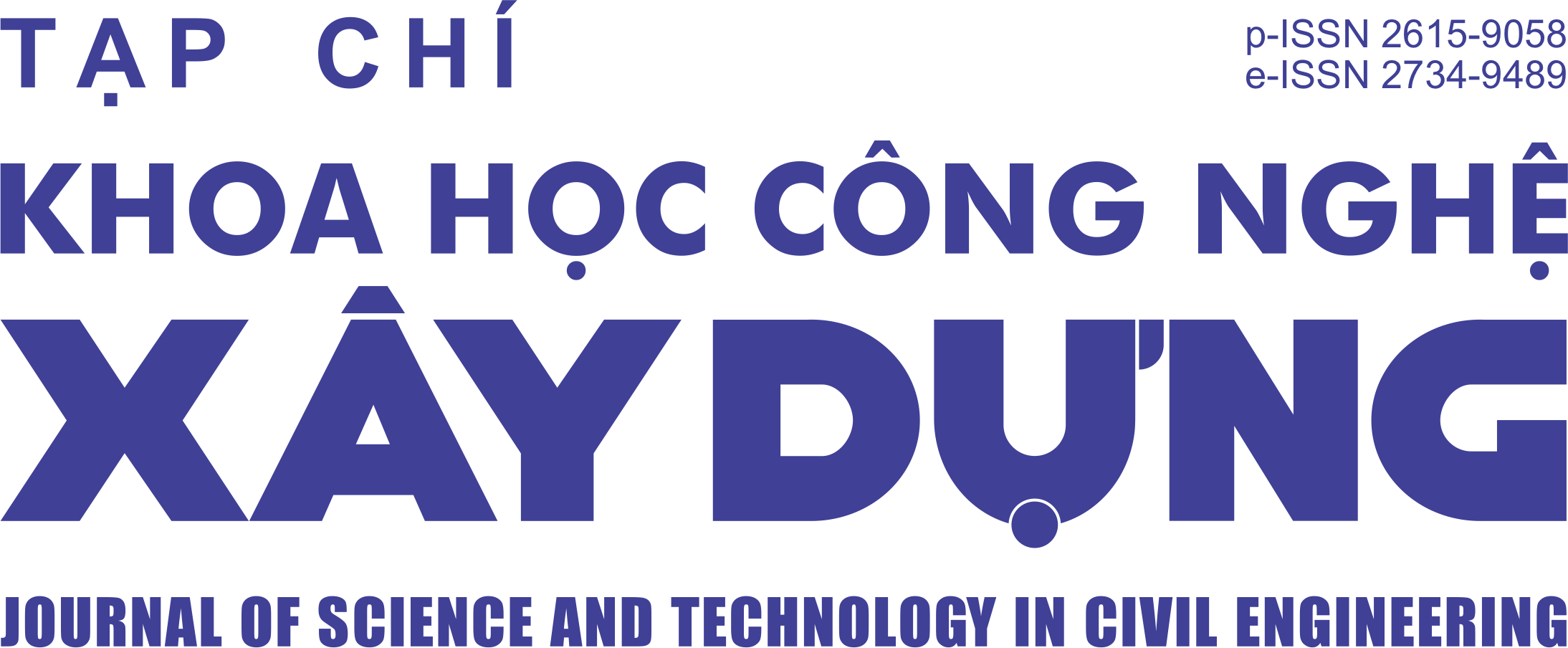A STUDY ON THE CHANGE OF TRADITIONAL VILLAGES IN THE PERI-URBAN AREA OF HANOI
Abstract
Vietnamese villages have been developed for thousands of years. They contain the tangible heritage such as traditional physical fabric, cultural landscape and traditional houses reflecting the local customs and ritual belief and intangible hertage such as local festivals, customs and community structures. Recently, the Hanoi Construction Master Plan to 2030 and vision towards 2050, which was approved by the Prime Minister in July 2011, pointed out clearly that traditional villages are crucial elements in Hanoi heritage network. Since 1990, the booming of the New Urban Area in Hanoi’s peri-urban area has had several impacts on the traditional villages which have been kept intact for a long time. The paper clarifies the change of traditional villages in this area. The “change” here refers to the change in the socio-economy and the transformation of physical features. The paper consists of three main parts: (1) clarifying the main structural elements of physical fabric of traditional villages (2) giving a portrait the change of villages in Hanoi’s urban development history (3) analysing the change of villages in the city periphery through case study. The research methodology is mostly based on mapping and on-site interviews. The findings will be referenced for zoning and detailed plan in order to keep cultural values in the context of rapid urban development
Keywords: Hanoi; traditional village; peri-urban; transformation.
Received: September 12th, 2016, revised: September 26th, 2016, accepted: October 13th, 2016
Downloads
1. The Author assigns all copyright in and to the article (the Work) to the Journal of Science and Technology in Civil Engineering (JSTCE) – Hanoi University of Civil Engineering (HUCE), including the right to publish, republish, transmit, sell and distribute the Work in whole or in part in electronic and print editions of the Journal, in all media of expression now known or later developed.
2. By this assignment of copyright to the JSTCE, reproduction, posting, transmission, distribution or other use of the Work in whole or in part in any medium by the Author requires a full citation to the Journal, suitable in form and content as follows: title of article, authors’ names, journal title, volume, issue, year, copyright owner as specified in the Journal, DOI number. Links to the final article published on the website of the Journal are encouraged.
3. The Author and the company/employer agree that any and all copies of the final published version of the Work or any part thereof distributed or posted by them in print or electronic format as permitted herein will include the notice of copyright as stipulated in the Journal and a full citation to the Journal as published on the website.







